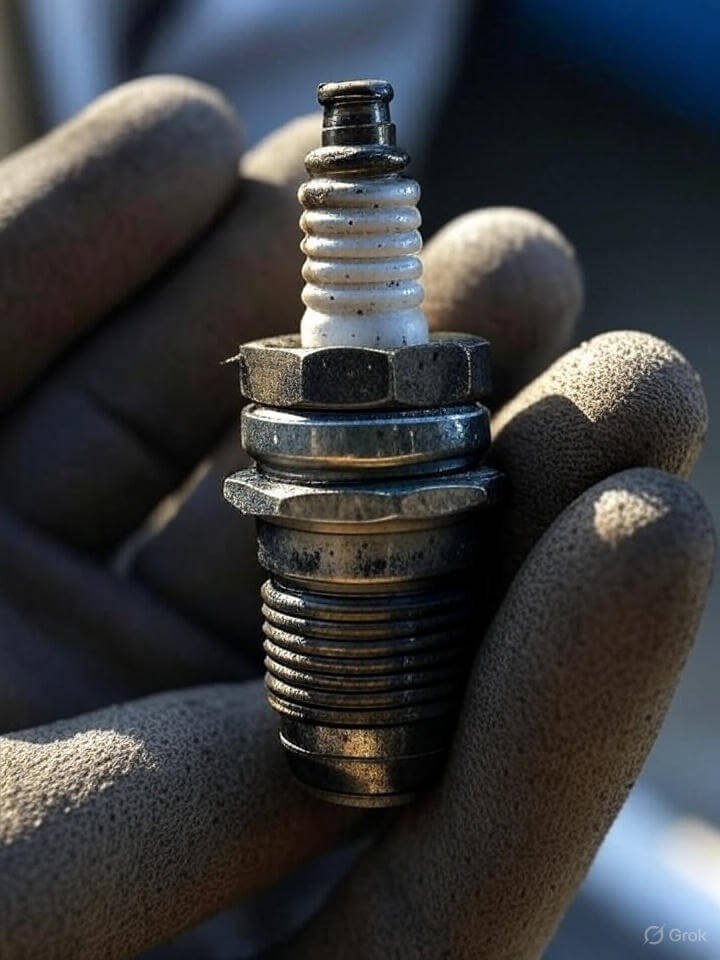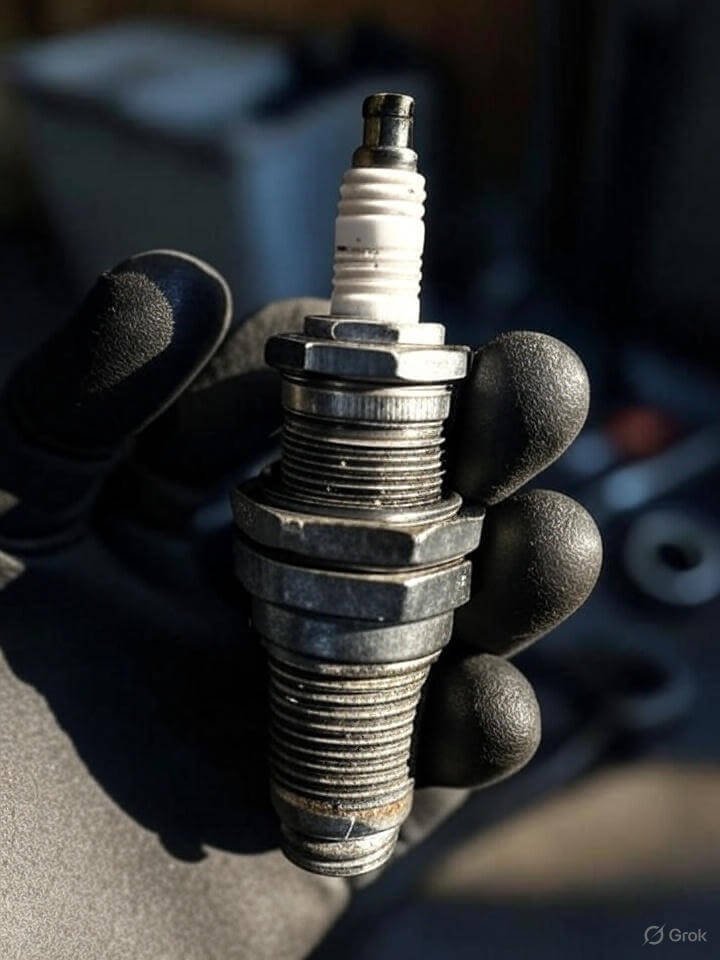Look, I’ll be real with you—motorcycle engine and suspension tuning used to sound like wizardry to me. Like, full-on Gandalf-with-a-carburetor type of deal. I knew bikes ran better when tuned properly, sure, but how? That was always someone else’s department—some mystical mechanic dude with black fingernails and coffee breath who could listen to a rev and just know.
But then I bought my second bike—a used Yamaha FZ-07 that had definitely been through some stuff—and things changed. I realized if I didn’t learn a few tricks myself, I’d either be broke or dead. Or both.
So yeah, this post? It’s the messy, unfiltered journey of how I learned to tweak both engine and suspension settings without setting my garage (or eyebrows) on fire.
Start With This: Every Bike Is Different (Just Like My Taste in Breakfast Burritos)
Before you go wrenching like a caffeinated squirrel, know your machine. What works for my FZ-07 may not work for your Ninja or your cruiser or that Frankenstein cafe racer your cousin “built.”
Check your owner’s manual. Or Google it. Or text your local bike nerd. Whatever. Just don’t assume the factory settings are perfect for you. Because odds are, they’re not.
Engine Tuning Tips That Actually Work (And Won’t Void Your Soul)

1. Air-Fuel Mixture: More Important Than You Think
I once messed with my air-fuel screw without knowing what it did. The result? Bike sounded like it was coughing up demons.
Pro-tip: If your bike’s carbureted (yeah, they still exist), that little screw matters. Too rich? Your bike bogs. Too lean? It backfires and gets hot enough to fry bacon on.
For fuel-injected bikes, it’s more ECU-related—you’ll need a power commander or something similar to tweak it. Not impossible, just…more digital.
🧠 Side Note: I once tried tuning my ECU using a forum post and a shot of whiskey. Don’t.
2. Spark Plugs—Small but Mighty
Wanna know a secret? Spark plugs are like the teeth of your engine. If they’re gunked up, misfiring, or just plain sad, your whole setup suffers.
Pull one out, check the tip. If it looks like a burnt marshmallow, change it and If it’s white and dry, your bike’s running lean. If it’s black and wet, she’s too rich. Boom. Diagnosis.

3. Throttle Sync (aka Jedi-level balance)
You ever feel like your engine’s got a slight case of the hiccups at low RPMs? Or that weird vibration that’s not quite right?
Chances are, your throttle bodies or carbs are out of sync. That’s just a fancy way of saying one cylinder’s pulling more weight than the others.
You can buy a cheap manometer (or make one from YouTube—don’t ask what I used as tubing) and sync ‘em. Your bike will feel smoother than a fresh jar of peanut butter.
4. Oil & Filters. Obviously.
Okay, this is the boring dad part—but if you’re riding with black sludge in your engine, all the tuning in the world won’t help.
Use quality oil. Replace your oil filter. Do it more often if you ride hard or in dusty conditions. Or if, like me, you tend to forget how old your oil is until your engine starts sounding like a dying raccoon.
Suspension Adjustment: Aka, The Secret Sauce
Now let’s talk suspension—the part most people completely ignore until their back feels like a Jenga tower after a pothole.

1. Set Your Sag. Yes, That’s A Real Word.
This blew my mind. Static sag, rider sag—basically, how much your suspension compresses under your weight.
Grab a buddy. Grab a tape measure. Measure your suspension uncompressed, then again with you sitting on it. Adjust preload accordingly.
No joke—this one change made my bike feel like it actually wanted to turn instead of fighting me every corner.
2. Preload, Rebound, Compression—Don’t Panic
I used to look at the adjusters on my forks like they were alien tech. But here’s a really dumbed-down version:
- Preload: How much weight it takes to compress the spring.
- Rebound: How fast the suspension comes back up.
- Compression: How fast it compresses.
Adjust slowly. One click at a time. Then ride it. Pay attention. Tweak again. Don’t just twist everything to “max” and hope for the best. (Guess who did that once?)
3. Tires & Pressure—Still Part of the Suspension Game
If your tires are at 25 PSI when they should be at 36, no amount of fancy fork tuning will save you. Seriously.
I once blamed my rear shock for poor handling for WEEKS. Turns out, I had a nail in my tire and was riding at 18 PSI.
Inflate properly. Check weekly. And replace tires before they go bald like your Uncle Steve.
Quick Tune Checklist (For Lazy Mornings & Impatient People)
Here’s a lil’ list I run through every couple months:
- ✅ Check spark plugs
- ✅ Clean or replace air filter
- ✅ Change oil + filter
- ✅ Lube the chain (not engine-related but just do it)
- ✅ Set suspension sag
- ✅ Adjust preload/rebound if riding conditions change (like track vs. commute)
- ✅ Check tire pressure
Takes 20–30 mins if you’re focused. Or 2 hours if you’re me and keep getting distracted by snacks.
Things I Learned about motorcycle engine and suspension tuning
- WD-40 is not chain lube.
- Don’t mix different weight oils. Ever.
- If your bike makes a weird clunk after you “tuned” it… you probably forgot to torque something.
- Don’t tune suspension for comfort. Tune it for control. Comfort follows.
Bonus Tip: Motorcycle engine and suspension tuning
I swear—your butt dyno is more powerful than any spreadsheet. If your bike feels twitchy or sluggish or just off, it probably is. Trust that feeling. Ride. Adjust. Repeat.
Also, write stuff down. Like settings. Because you will forget what you did two weeks later.





